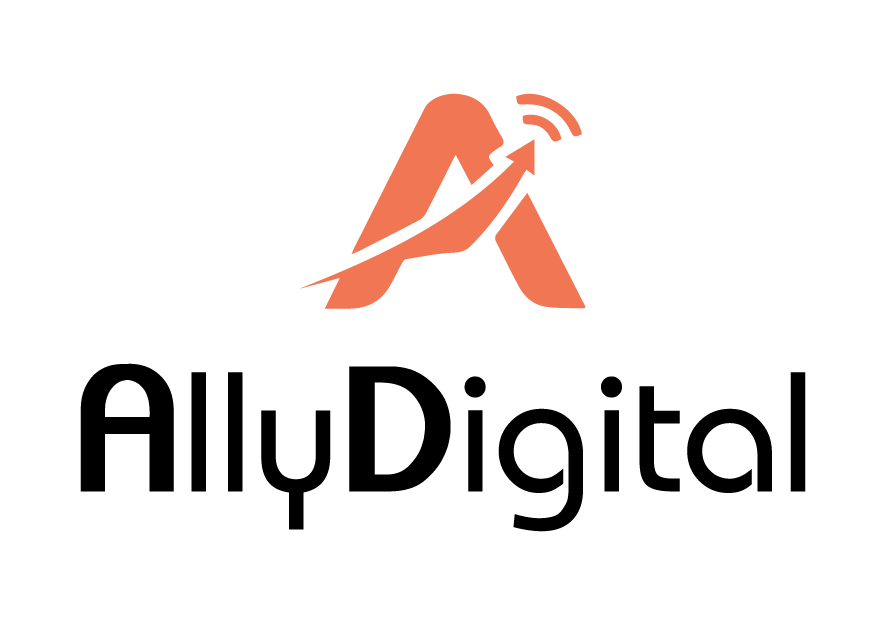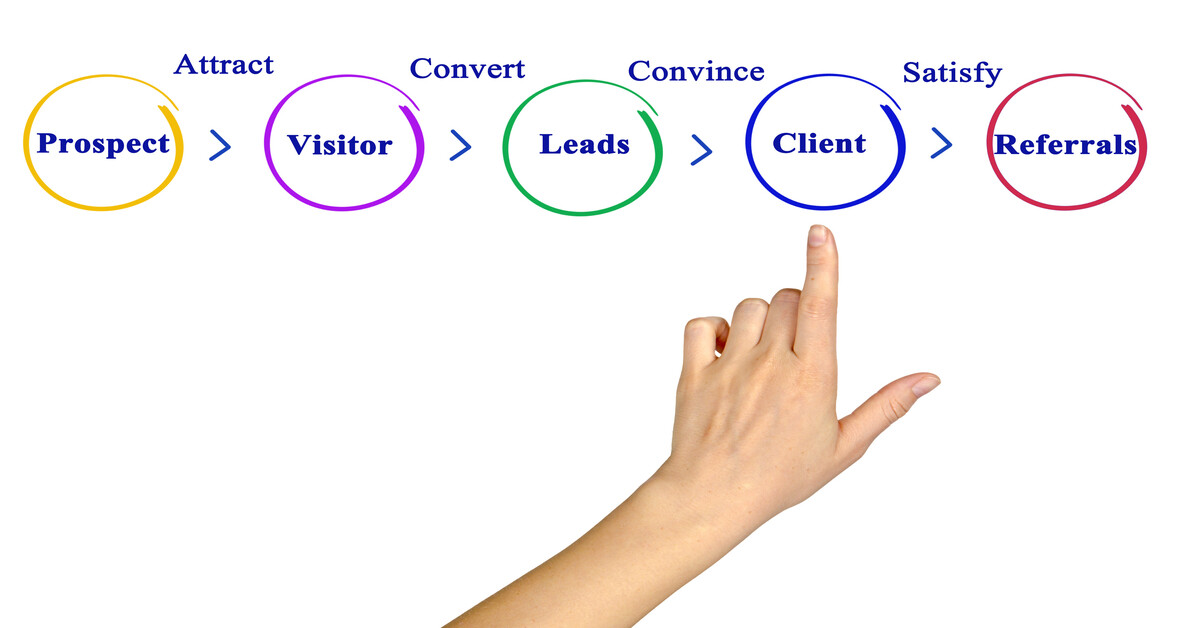Want to Convert More Visitors? 7 Proven CRO Techniques
In the world of online business competition, it is not enough to have people get to your site. The actual problem is the ability to transform these visitors into paying customers. Conversion rate optimization (CRO) is a methodical procedure of converting a larger portion of visitors to a webpage to take a specific action, be it a purchase, a subscription to a newsletter or a contact form submission. Within this tutorial, we are going to discuss some of the best practices of increasing your conversion rates and maximizing your internet success.
Learning about Conversion Rate Optimization
Conversion Rate Optimization has been based on the behavioral patterns of users and putting in place strategies that will enable a smooth user experience. Conversion rate will be computed as the total number of conversions divided by the total number of visitors multiplied by 100 to give a percentage. An example will be, the conversion rate of 50 of the 1,000 visitors to your site makes a purchase will be 5 percent.
In order to enhance this ratio, it is necessary to examine how users interact, which aspects cause pain, and make changes that will appeal to your target audience.
Major Methods of successful CRO
1. Make the best out of your Web Site
It is important to create a properly designed site that is attractive and simple to use to maintain the attention of visitors. These are some of the things that should be given attention:
Easy Navigation: Be sure your site is designed in a way that it is intuitive and that the menu and access to important areas are easily accessible. Label menu items in a descriptive way so that it is easy to understand.
Responsive Design: As more and more people access websites through mobile devices, it is important to have a responsive design that is able to readjust to various screen sizes. A site that is mobile friendly increases the user’s experience and decreases the bounce rates.
Quick Loading: Page speed has an influence on the bouncing rates and conversion rates. Image optimization, script optimization and browser caching will help in making your pages load fast.
2. Creative Compelling Calls to Action (CTAs)
CTAs are the messages that can lead the user to action. They must be concise, convincing and strategically situated all over your space. Consider the following tips:
- Apply Action-Oriented Language: The phrases such as Buy Now, Get Started, or Sign Up Today provide the feeling of urgency and prompt the user to act.
- Contrast and Visibility: Use contrasting colors and bigger fonts to ensure that your CTAs are visible. Make sure that they are not too hard to find because of having to scroll down the page.
- Experiment with Different Variations: A/B testing the different CTA styles, colors and locations can assist in identifying which one your audience best responds to.
3. Improve Product Descriptions and Pictures
Good description of products and good image quality are also influential factors in making purchasing decisions. Here’s how to optimize them:
- Detailed Descriptions: Provide brief, precise and effective product descriptions that outline features, advantages and benefits and selling points. Readability should be made easy by the use of bullet points.
- Good Quality Images: Use various high quality images to demonstrate your products in different angles. It can be considered adding zoom capabilities and videos so that the customer could have a clearer idea of the product.
- User Reviews and Testimonials: These will help gain trust and credibility through the positive reviews and testimonials. Ask customers to leave a review and place them prominently on product pages.
4. Leverage Social Proof
Social proof is a strong motivation factor that can greatly affect the buying behavior. The following are some means of integrating it into your CRO strategy:
- Publish Customer Reviews: Customer Reviews and ratings on product pages might make a potential buyer more confident in their purchase.
- Exhibit Popular Products: Display the most popular products or any products rated highly on your home page or category pages to direct the users to popular products.
- Display Community Content: It is worth inviting customers to post images of how they use your products on social media. Placing emphasis on this user-created material on your site would instill a feeling of community and trust.
5. Utilize A/B Testing
A/B testing consists in testing two versions of a webpage to see which one will be better in terms of conversions. This method will enable you to take data-centered decisions using user behavior. Here’s how to implement it:
Determine Important Aspects to Test: High-impact aspects to be tested include headlines, images, CTAs, and layout. The ability to test one element at a time will assist you in knowing the changes that can result in better conversions.
Analyze Results: Track the performance metrics like click-through rates, conversion rates, and bounces rates using analytics tools. Optimize your site through the continuous changes made according to the outcomes.
6. Make the Checkout Process easier
A too complex checkout process may cause cart abandonment. Automate the procedure to ensure that the customers find it as simple as possible to make their purchases:
Guest Checkout Feature: This should be the option where the user can check out without registering an account. This minimizes the resistance and enhances the chance of making a purchase.
Limit Form Fields: Only request compulsory information at the time of checkout. It will be easier when the number of fields that customers will need to fill is reduced.
Strict Progress Indicators: In use progress indicators to indicate to customers the number of steps remaining during the check out process. This openness may serve as a way of de anxiety and completion.
7. Analyze and Optimize
Lastly, monitoring the performance of your website continuously is also important for continuous improvement. Monitor the key metrics and user activity using analytics tools. Search on what is happening in user interactions and areas of improvement. Constant evaluation and implementation of your CRO plans on the basis of this information.
(FAQs)
1. What is the good rate of conversion in eCommerce websites?
The average conversion rate in eCommerce websites is usually between 2-5 percent, but it can be much lower or much higher depending on the industry, type of product and marketing efforts. Comparison of your conversion rate with the industry standards that are specific to you is necessary.
2. What is the average time of payback when it comes to CRO efforts?
Conversion rate optimization may take some time to see a result. There are those changes that can be forwarded with immediate effects and others may require weeks or months of testing and adjusting. In the long term, constant observation and adjustment is critical to success.
3. Would I be able to do CRO without technical skills?
Yes, there are numerous CRO strategies, which can be applied without the necessity of a high technical level. It is possible to optimize your site with the help of user-friendly website builders, analytics tools, and A/B testing platforms. Nevertheless, it might be helpful to cooperate with a web developer in more complex technical changes.
Conclusion
The aspect of Conversion Rate Optimization is an important part of an effective online business plan. Through attention to design of the websites, compelling call to actions, well written product descriptions, social proof, A/B testing and easing the checkout process, you can be in a position to improve the conversion rates significantly. It is important to keep in mind that CRO is a continuous process that should be analyzed and optimized all the time. With the employment of these methods you will be able to convert more visitors into loyal customers and make your business in the field of eCommerce successful.





Leave feedback about this